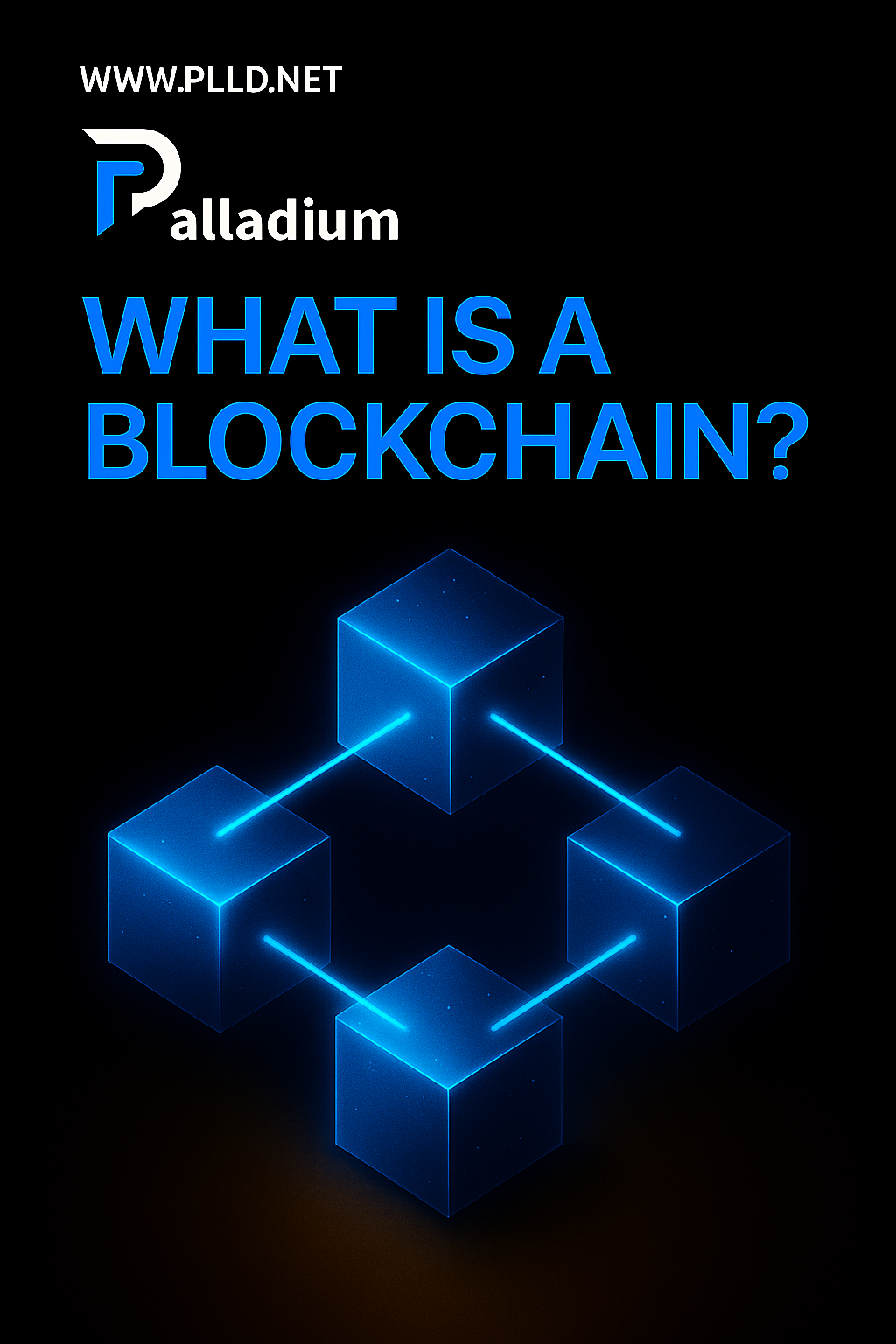Understanding the Foundation of Blockchain
When people talk about cryptocurrency, digital assets, or Web3, one word always emerges at the center of the conversation: blockchain. But what exactly is it, and why has it become such a defining technology of the modern era? Blockchain represents a new way of organizing trust — a transparent, self-verifying system that records and protects information without the need for middlemen. It has evolved from powering cryptocurrencies like Bitcoin into a foundation for decentralized applications, digital ownership, and the next generation of the internet.
The Digital Ledger
At its core, a blockchain is a digital ledger — a continuously growing record book that tracks transactions, ownership, and agreements. The key difference from traditional databases lies in distribution: instead of being stored on one central server, the ledger is shared across thousands of computers around the globe. Every participant in the network holds an identical copy, ensuring that no single entity can manipulate or alter the data. When a new transaction occurs, it is validated, added to the ledger, and instantly visible to everyone. This shared structure makes it virtually impossible for any single actor to tamper with the information, creating a transparent and verifiable source of truth.
Blocks, Chains, and Immutable Trust
The term “blockchain” comes from its structure — data is grouped into blocks, and each block links securely to the one before it, forming a continuous and unbroken chain. Each block contains a timestamp, transaction data, and a cryptographic reference to the previous block. If anyone attempted to change a past record, the chain would immediately break, alerting the entire network. This immutability is what makes blockchain so powerful: it transforms trust from an institutional responsibility into a mathematical guarantee. Every transaction is verified collectively, and the system itself becomes the guardian of integrity.
Transparency, Security, and Decentralization
Blockchain technology is built on three core principles — transparency, security, and decentralization. Transparency ensures that every transaction and data entry is visible to anyone who chooses to verify it. Security comes from cryptography and consensus: instead of trusting a single authority, users rely on the collective agreement of a network to confirm truth. Decentralization eliminates the need for intermediaries like banks or corporations, empowering communities to control their own assets and data. These pillars together redefine what it means to trust in a digital world — shifting power from centralized entities to individual participants.
Beyond Cryptocurrency: Real-World Applications
Although blockchain began as the technology behind digital currencies, its potential extends far beyond finance. Smart contracts — self-executing agreements coded directly onto the blockchain — enable automation of complex processes without lawyers or institutions. Non-fungible tokens (NFTs) represent digital ownership of art, media, and virtual assets. Decentralized finance (DeFi) platforms use blockchain to recreate banking systems accessible to anyone with an internet connection. Even industries like supply chain logistics, healthcare, and real estate are adopting blockchain for transparency and efficiency. In essence, blockchain is becoming the backbone of a more open and accountable digital economy.
A Simple Analogy
Imagine a shared document that thousands of people can view and edit simultaneously — except that every change is automatically verified, timestamped, and permanently recorded. No single person can secretly delete or alter it without everyone knowing. That’s how blockchain works, but instead of text, it records economic and informational exchanges — the lifeblood of digital society. This architecture makes corruption, fraud, and data loss significantly harder, offering a level of reliability that centralized systems can rarely match.
Final Thoughts
Blockchain is more than a technological trend; it’s a redefinition of how humans store, share, and validate information. It removes the need to trust a middleman by replacing it with a transparent and incorruptible process. Whether you are an investor, a business owner, or a curious observer, understanding blockchain means understanding the framework of digital trust that underpins Web3 and the broader future of finance and communication. It is the foundation upon which new models of freedom, collaboration, and innovation are being built.
